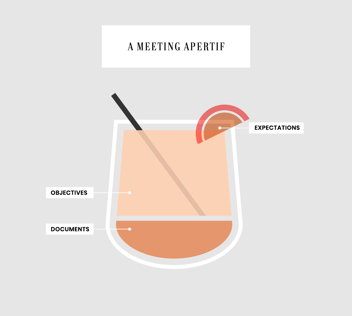

Learn about asking questions that drive conversation, ideation, and innovation.
As kids, we asked 70-150 questions a day—our curiosities were nurtured and encouraged with “there are no stupid questions.” With every shameless “Why?”, “Why not?”, and “What if?”— we learned. We became exposed to new information, experienced different perspectives, and built bridges between disparate concepts.
At Softway, we understand the power of questions. But as our own workforce became a virtual workforce, we noticed that asking questions became increasingly difficult in meetings—and that’s bad for engagement and collaboration. To help reintroduce the power of questions in the virtual workspace we created Just Ask—a webtool for better Q&A—because a great question is a terrible thing to miss.

Five great question styles
Before your next team meeting, familiarize yourself with these five different question styles—informative, neighboring, pinpoint, bird’s-eye, and delicate—each one serving a unique purpose:

1. Informative questions are about the transaction or confirmation of information. In conversation, things often get missed and misinterpreted. Asking informative questions helps clarify or confirm one's understanding of a topic. “Can you elaborate on that?” and “Before we move on, can you confirm my understanding?” are both examples of informative questions. These questions, while relatively straightforward, are foundational to conversations because they are the building blocks that lead to more targeted and complex questions.

2. Neighboring questions are questions concerning things immediately next door. Asking these questions is a way to uncover adjacent topics missed in conversations. Questions such as, “How might this work in a different space?” or “What are our competitors doing?” are neighboring questions. While exploring these neighboring topics, our focus shifts from the immediate need-to-know, allowing us to widen our lines of sight, and gain a wider understanding of a topic.

3. Pinpoint questions are process-specific. They are less about the end product, and more about the means to that end. They include inquiries such as, “Can you explain why you went with this projection model?” or “Why did you choose to omit this step?” By pinpointing and dialing in on specific aspects of a process, teams can more acutely examine and converse about improving process and operational efficiency. UX/UI designers are very familiar with these questions; they use pinpoint questions to meticulously audit the purchasing journey, weeding out every needless click, toggle, and scroll.

4. Bird’s-eye questions pull conversations out of the weeds, and provide a wider view of the business landscape. They help elevate group thinking so teams can see miles down the road—expanding the original scope of the conversation. “If our launch date is in one year, what potential risks might we encounter?” or “Is there another way we can approach this?” are examples of bird’s-eye questions. The true power of these questions is the fluidity of context and perspective. The ability to scrutinize a problem from disparate timelines, realities, and scenarios allows teams to link and connect unlike and unthought-of concepts.

5. Delicate questions are the ones nobody wants to ask, and nobody wants to answer—but they are the most important questions to ask. These are questions around sensitive and maybe controversial topics. “Why was Boberta let go? And why so abruptly?” and “This seems like a glaring oversight, how did we miss this?” are both examples of delicate questions. They make you vulnerable and exposed, and asking these questions often requires wrestling with “Is this the right time or place for this question?”

A digital tool designed for psychologically safe questions
We are no strangers to difficult conversations, and the delicate questions that accompany those conversations. Just Ask creates a psychological safe channel for teams to ask those delicate questions. Just Ask’s anonymous feature enables teams to ask questions free from judgement or fallout. Check it out!—it’s completely free for 2020.
As kids, our infinite ability to grow and learn was powered by questions. Our curiosities were encouraged, nurtured, and celebrated—but as we shifted into the virtual workspace, asking questions became difficult. When we fail to ask questions we minimize conversations, impair ideation, and fetter innovation. By identifying the purpose of a question, and understanding how it operates to achieve its purpose—we can start confidently asking more questions, and crafting better questions.





